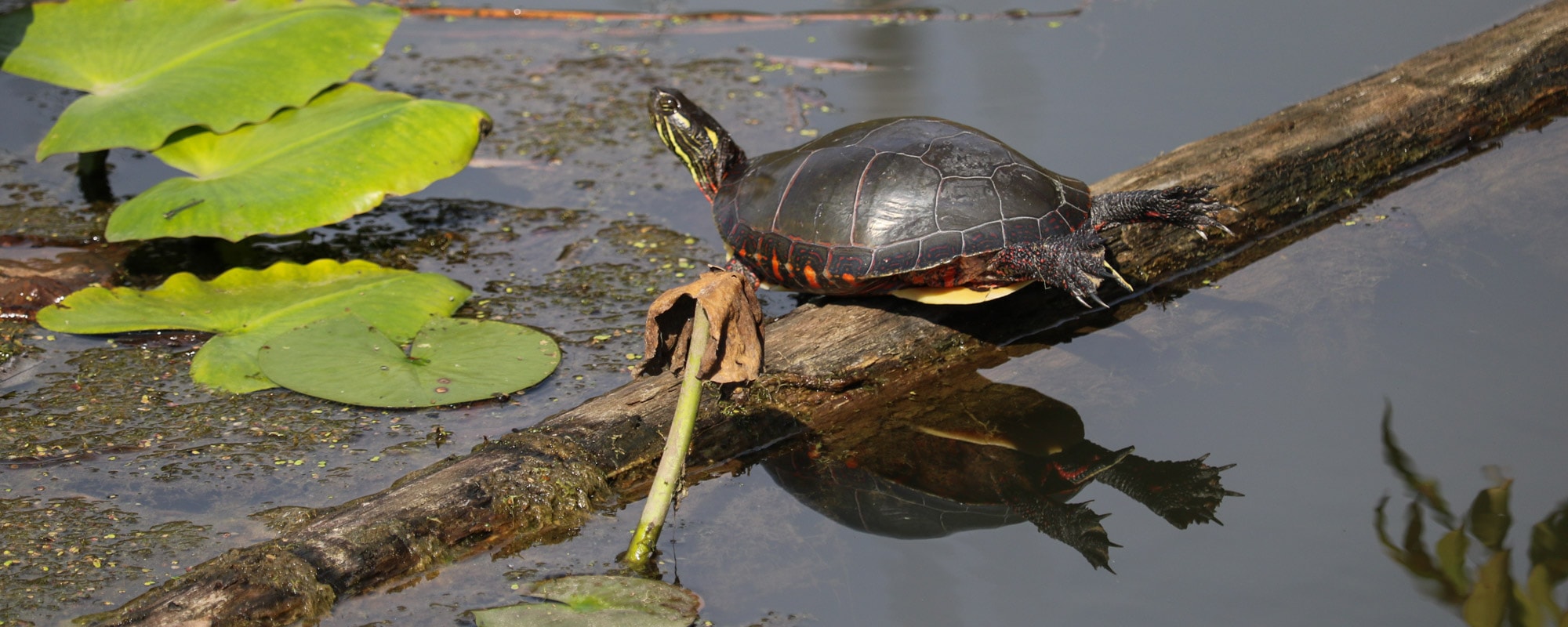Set between Cleveland and Akron, Cuyahoga Valley National Park is a verdant oasis surrounded by urban development. The park has historic farms, waterfalls and wildlife, a covered bridge and a scenic railroad.
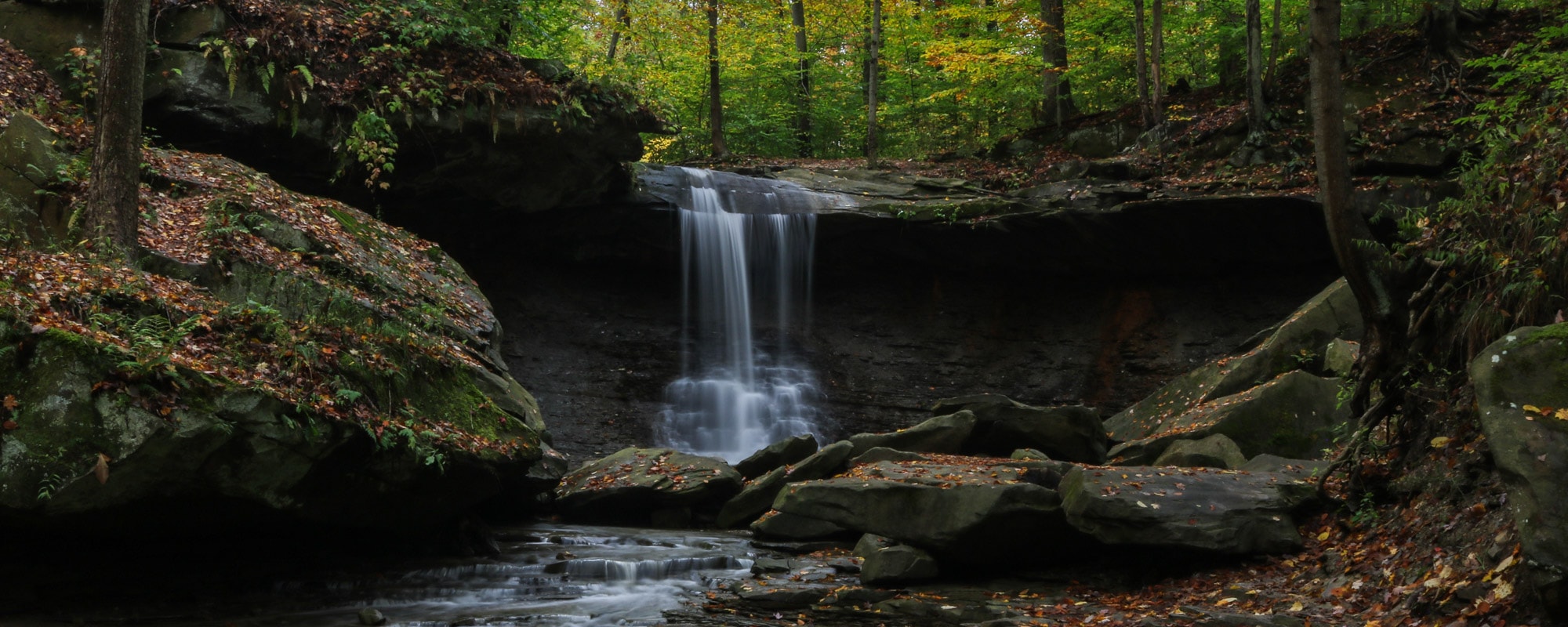
If you’re after pleasant woodland strolls, pretty waterfalls, scenic bike rides or even historic railroad excursions, Ohio’s Cuyahoga Valley National Park has you covered.
Located between the cities of Cleveland and Akron, and flanked by myriad interstates and highways, this is an extremely accessible park.
Even though it’s only 30 miles from its source to its mouth in Lake Eerie, the Cuyahoga River snakes its way for 90 miles through a valley characterized by dense forests, historic villages and organic farms.
The park isn’t so much about spectacular landscapes than it is about protecting an important piece of American history.
Cuyahoga Valley National Park is mainly an urban and cultural park, although there is definitely some wildness and plenty of natural beauty to be found as well. In fact, protecting and preserving nature in this heavily urbanized region is precisely how the park came into being.
Native Americans had used “Ka-ih-ogh-ha”—meaning ‘crooked river’—for thousands of years as an important transportation artery before the first European explorers arrived in the area.
Europeans quickly realized the potential of this verdant and fertile valley and word about it spread swiftly. As more and more settlers moved in from the East, new transportation methods originated.
First, a canal was dug between Cleveland and Akron, the Ohio & Erie Canal, connecting Ohio with the markets on the eastern seaboard. Later on, the Industrial Revolution called for something faster and bigger. This resulted in the construction of several railroads, one of which is still in use as the Cuyahoga Valley Scenic Railroad.
As the region flourished throughout the 19th and early-20th centuries, cities sprawled and development crept ever outward. Locals escaped to the wilderness of the Cuyahoga Valley to picnic, play and walk.
In order to preserve it as a natural haven amid two major cities, the valley was first designated a National Recreation Area in 1974, before officially becoming Cuyahoga Valley National Park in 2000.
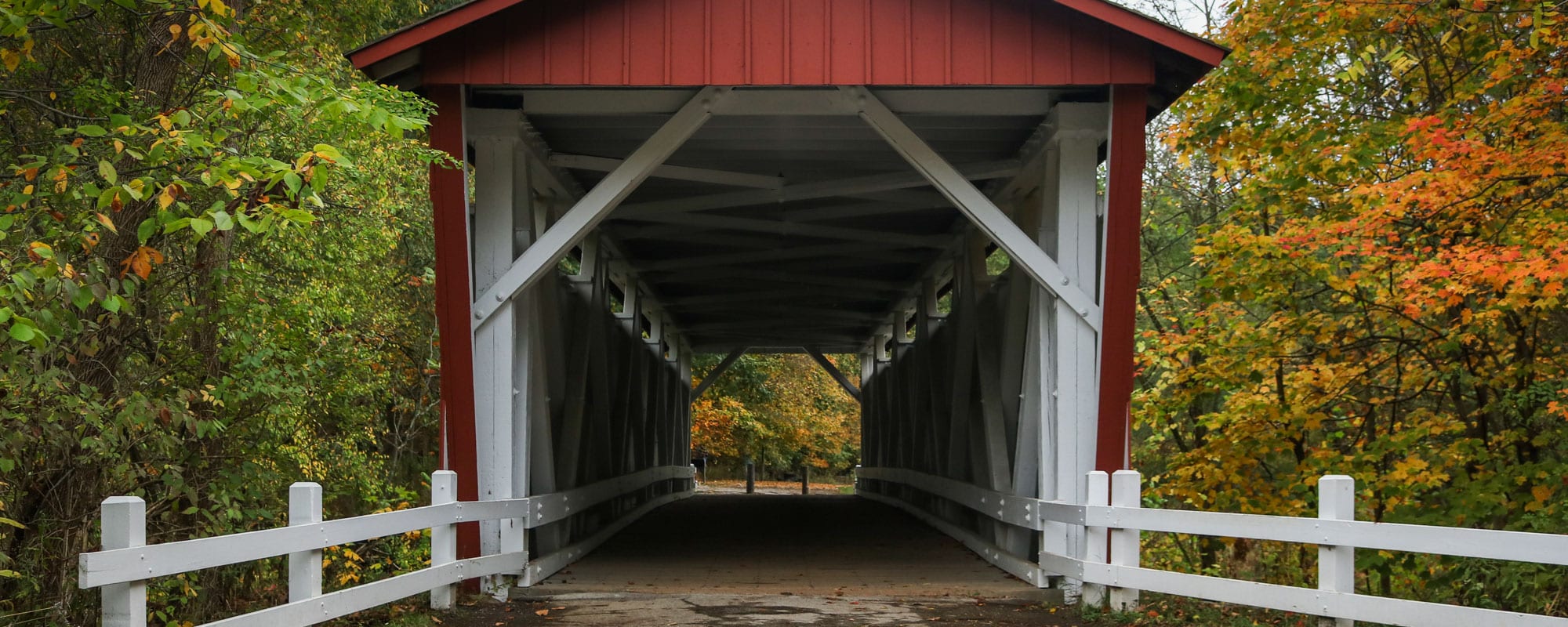
This Cuyahoga Valley National Park information page contains affiliate links. You can read more about our Terms of Use / Disclosure here.
Highlights of Cuyahoga Valley National Park
Because of its dense deciduous forests and gorgeous waterfalls, Cuyahoga Valley is a spectacular fall destination. This is, actually, one of the best American national parks to visit in fall.
Preserving a cultural/historical landscape of natural attractions, historic villages, buildings, trails and tracks, this relatively small park is beautifully varied.
I recommend spending at least one full day and one night in the park, preferably two days. There’s plenty to see and do in the park, but these are the star attractions.
- Cuyahoga Valley Scenic Railroad
- Ohio & Erie Canal Towpath Trail
- Brandywine Falls
- Blue Hen Falls
- The Ledges
- Everett Covered Bridge
- Beaver Marsh
- Boston Store Visitor Center
- Hale Farm & Village
Thanks to its location between Cleveland and Akron, Cuyahoga Valley National Park is one of the most accessible—and most visited—national parks in America. The park lies only 30 minutes by car from either city.
A dense network of roads, bike paths and railroads runs alongside and through it, offering you a multitude of options to get there.
The town of Peninsula, while technically not inside the park, has the most facilities, including accommodation, restaurants, a bicycle rental shop, a Cuyahoga Valley Scenic Railroad boarding station and souvenir shops.
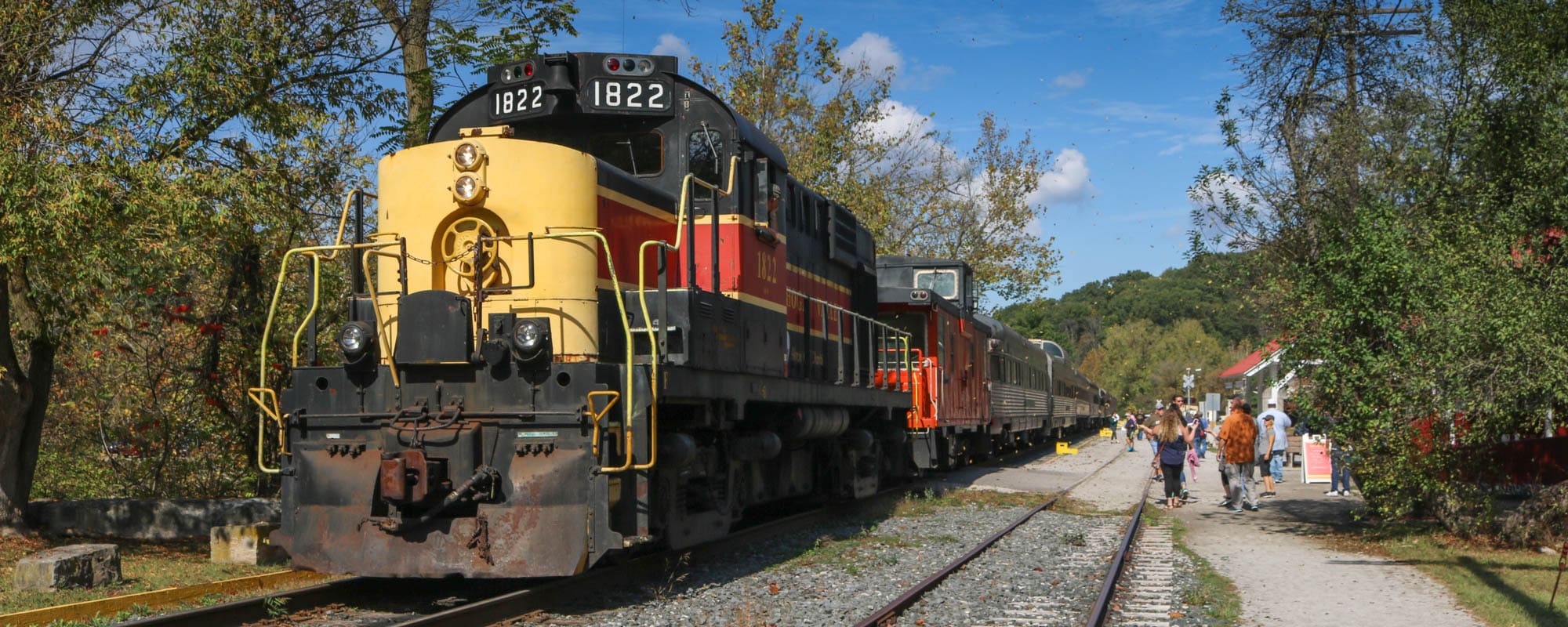
Accommodation Near Cuyahoga Valley National Park
Cuyahoga Valley National Park has no campgrounds, but there are two lodges: Stanford House and the Inn at Brandywine Falls. If you can get a reservation, those are definitely the best places to stay while exploring the park.
Alternatively, there are numerous other accommodation options just outside the national park boundaries, from motels and B&Bs to chain hotels.
Booking.com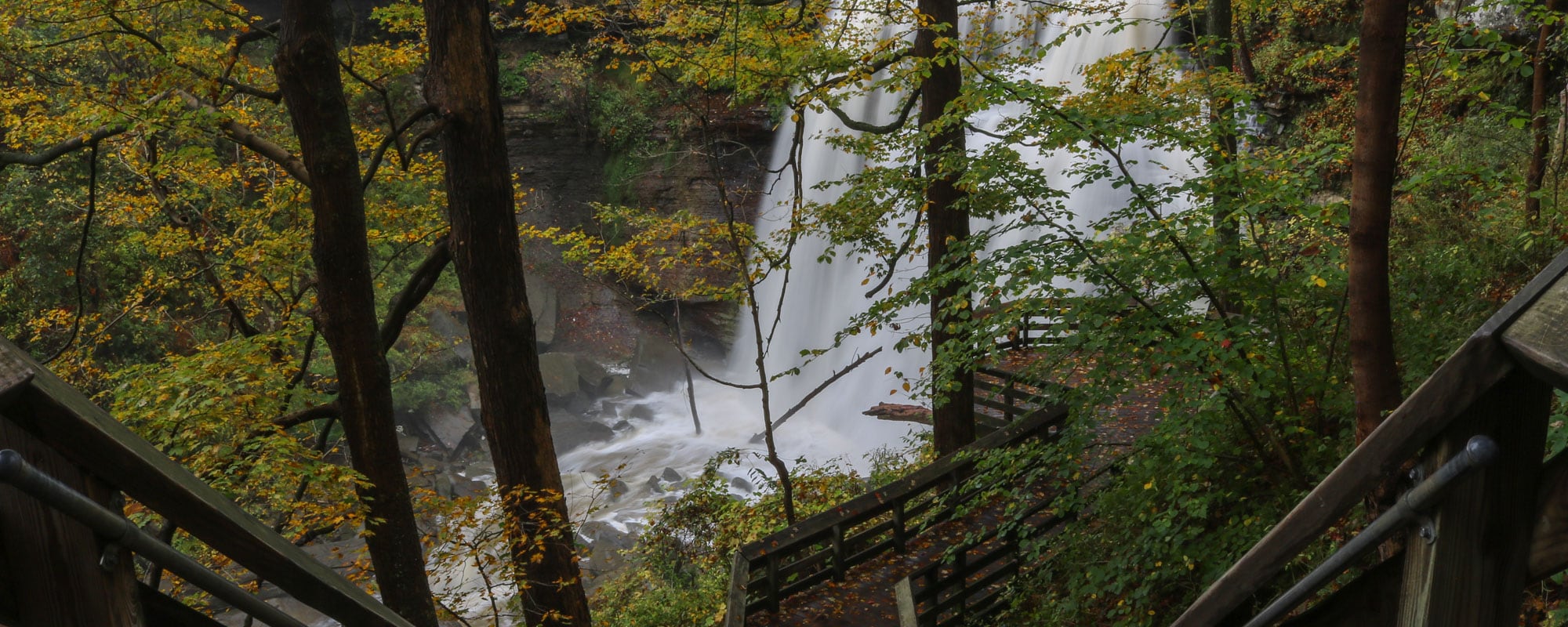
Useful Info
Location: Northeastern Ohio
Nearest Towns: Cleveland and Akron
Area: 50.9 square miles (32,572 acres)
Annual Visitors (2022): 2,913,312
Features: Historic villages, buildings and railroad, waterfalls and rivers, forests, wetlands, wildlife
Top Attractions: Cuyahoga Valley Scenic Railroad, Ohio & Erie Canal Towpath Trail, Brandywine Falls, Blue Hen Falls, The Ledges, Beaver Marsh, Boston Store Visitor Center, Hale Farm & Village
Popular Activities: Hiking, cycling, scenic train rides, wildlife watching, kayaking and canoeing
Suggested Stay: 1-2 days / 1 night
More Information: National Park Service, Cuyahoga Valley Scenic Railroad
Similar National Parks
